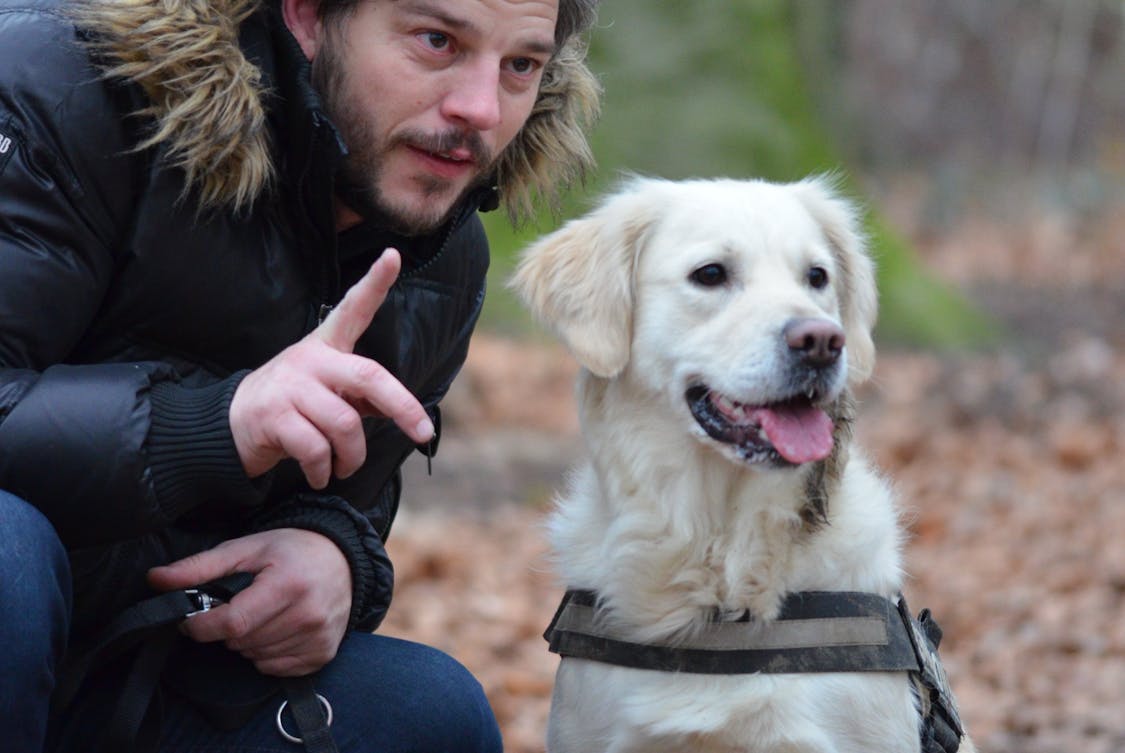Dogs live with people in ways that reveal a surprising range of temper and taste, and each animal brings its own blend of habits and quirks to the household. Some pups are bold and full of glee, others are calm and thoughtful, and many fall somewhere in between with moods that change with time and place.
Genes, early weeks, training, and day-to-day routines all leave marks on how a pet acts, reacts, and bonds, so owners often learn to read subtle cues the same way one reads a familiar face.
Genetics And Breed Tendencies
A dog’s breeding gives a starting point for temperament, with working lines leaning toward drive and guarding lines toward vigilance, and those tendencies show up in play and focus. Even within a single breed there is a wide spread of traits, so two pups labeled the same can behave quite differently in similar rooms.
If you’re drawn to toy-sized dogs with big personalities, you’ll find that many thrive on attention and display confidence far beyond their small stature.
Words repeat in patterns—play, plays, playing—and that small stem change highlights how one root trait can sprout many forms of action, from a boundless chase to a gentle nudge. In practice, an owner learns to watch the repeated cues, like a steady tail wag or a keen ear, and to shape what follows.
Early Life And Social Exposure
Puppies who meet many faces and environments in early weeks often grow up with more comfort around noise and strangers, while those with narrow experience can keep a guarded stance. Social runs both ways: friendly exchanges teach a pup to read body language, and safe handling builds trust that lasts into adulthood.
Short, clear phrases and repeated word pairs—walk park, meet friend—help solidify habits through repetition, so routines that repeat become part of the pet’s everyday script. Owners who provide calm, varied encounters usually see a wider range of playful and relaxed behaviors emerge.
Temperament Versus Learned Behavior
Temperament gives a base line of activity and reactivity, while learned behavior shows how a dog adapts to rules, rewards, and routines in the home. A quick to-bark terrier might calm down with targeted training that rewards quiet waiting, and a shy spaniel can grow in confidence with steady positive steps that respect pace.
The mix of short words and longer turns in instruction—sit, wait patiently, come here now—creates patterns dogs pick up, with verbs often forming the core of an effective cue set. Over time, consistent practice converts fleeting responses into reliable habits, and those habits shape how the pet is seen by family and friends.
Body Language And Subtle Signals
Reading ears, eyes, tail, and stance is like learning a new dialect where small shifts mean the difference between play and unease, invite and retreat. A soft blink or a slow tail wag can signal comfort, while stiff posture and prolonged staring often warn that the dog is on edge and needs space.
Owners who tune to these micro signals notice patterns—short glances, a head tilt, a paw lift—and those repeating n-grams help predict what will happen next when new people or pets arrive. Learning that bark can be louder than intention helps prevent misreading intent and keeps interactions safe and pleasant.
Play Style And Cognitive Preferences
Play unfolds in many modes: some dogs love a fast chase with fetch, others prefer puzzle toys that tax memory and patience, and a few seek gentle tug or quiet chew. Cognitive style shows in choices and persistence, with certain animals solving toy puzzles through trial and error while others wait for human help and guidance.
Use of repeated cues—find, fetch, solve—and simple stems like seek, seeks, seeking nudge the dog toward tasks and reveal whether they prefer speed, strategy, or social reward. Owners who match games to style get better engagement and a richer bond that feels effortless most days.
Training Response And Learning Curves

How a pet picks up cues varies: some learn after a single run-through, others need short, repeated steps with clear praise or treat to lock in the behavior. Timing and clarity matter, so pairing an action with an immediate, consistent marker helps fast-track learning, while vague signals slow progress and cause mixed results.
Mixing formal tone with friendly praise—good job, that’s it, yes—keeps sessions brisk and pleasant and helps avoid frustration for both side; a bit of play sprinkled in keeps focus fresh. Observing small wins, noting the n-grams that trigger success, and adjusting pace are the core moves that shape a dog’s classroom of life.
Role Of Daily Routine And Environment
Daily rhythm—walk times, mealtimes, quiet hours—gives structure and comfort, and many dogs flourish when their day runs on a familiar beat that they can predict. Environmental cues such as a favored couch, a sunny yard spot, or a scent on a toy guide behavior and create a sense of ownership and safety that lowers stress.
Simple repeated phrases and short commands tied to actions—bedtime, walk now, meal time—anchor the day and reduce surprise, which often calms an easily startled dog. Small tweaks to routine, like a bit more play before a long absence, can alter mood and responsiveness in ways owners notice fast.
Individual Differences And Changes With Age
Each dog carries a unique mix of temperament, learned habit, and current health, so two pets from the same kennel can end up as very different companions over the years. Aging brings shifts: a once-sprinter may slow down, a bold youngster may grow more measured, and sensory changes can alter how a dog reads the world and reacts to people.
Repeated observations—walk pace, play interest, sleep patterns—form a record that helps owners adapt care, keeping routines tuned to the pet’s present needs without forcing old habits. Treats, toys, and gentle handling adjusted to stage and strength make daily life kinder, and a little patience often pays back in calm, clear companionship.









